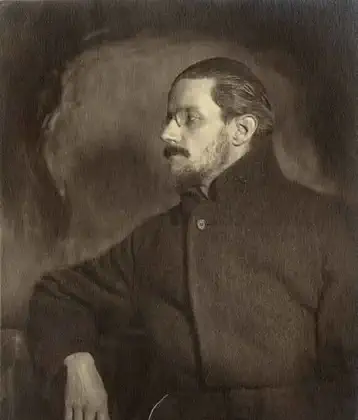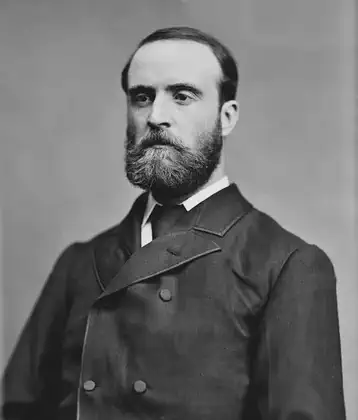On February 02, 1194 in Celtic History
Church's of st andrew's and durham struck a deal confirming their respective rights in scotland and england

The agreement between the churches of St. Andrew’s in Scotland and Durham in England, confirming their respective rights, is an example of medieval ecclesiastical diplomacy that sought to settle jurisdictional and territorial disputes between religious institutions across national boundaries. Such agreements were not uncommon in the medieval period, as the church was a powerful transnational entity with significant influence over both spiritual and temporal matters.
The Church of St. Andrew’s, being the premier religious institution in Scotland, held considerable sway over the Scottish church’s organization and its relations with other ecclesiastical bodies. On the other hand, Durham, with its wealthy and powerful bishopric, was a major religious center in the north of England, commanding significant resources and political influence.
An agreement between these two influential institutions would have aimed at clarifying the rights and privileges of each church, potentially covering issues such as the appointment of clergy, jurisdiction over certain territories, the collection of tithes, and the handling of ecclesiastical courts. These matters were of considerable importance, as they directly impacted the churches’ ability to govern their affairs, control their resources, and exert their authority over the faithful.
Such a deal would reflect the broader political and ecclesiastical landscapes of Scotland and England, where the church played a central role in governance and society. It would also underscore the interconnectedness of Scottish and English religious institutions, despite the often contentious relationship between the two kingdoms.
While specific details of the agreement between St. Andrew’s and Durham might require further historical research for precise clarification, it stands as a testament to the complex web of relations that defined medieval Christendom. Agreements like these were essential for maintaining peace and cooperation between powerful religious entities, shaping the religious and political map of Britain during the medieval period.
Bishop-elect Roger of St Andrews announces to the clergy of the diocese of St Andrews that, at Edinburgh in the presence of King William and Earl David, the dispute between the churches of St Andrews and Durham over the liberties of the churches which the monks of Durham have in Lothian was settled as follows: with the advice and consent of all his chapter, he granted to Prior B[ertram] and the monks of Durham that the church of Coldingham with its chapels should be free and quit of cain and conveth, procurations and hospitality dues, and all other exactions, synodals and aids and everything else as regards the elect of St Andrews and his successors and all officials of the diocese of St Andrews, reserving canon law and obedience. Similarly, all their other parish churches in the diocese of St Andrews shall be free and quit of cain, conveth, procurations and hospitality dues as regards the elect and his successors, unless they want to give them gratis, and nothing more shall be demanded in those parish churches by officials of the diocese of St Andrews. When a common aid is imposed on the whole diocese of St Andrews, the monks will be responsible for those parish churches. Prior B[ertram] and the monks of Durham, with the advice and consent of Sir H[ugh du Puiset], bishop of Durham, and all the chapter, gave to the church of St Andrews the chapel of Nenthorn (BWK), free and quit both from them and from the mother church of Ednam (ROX).





